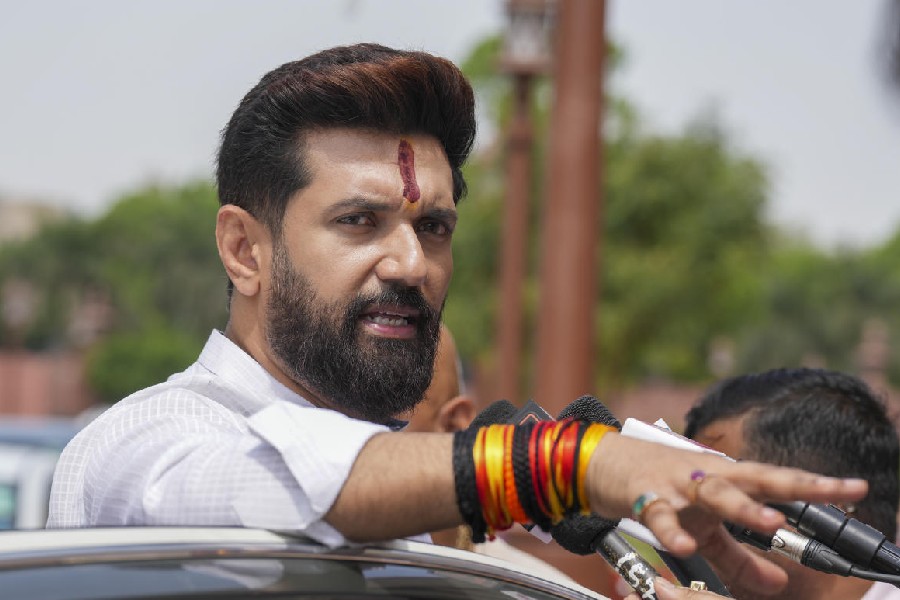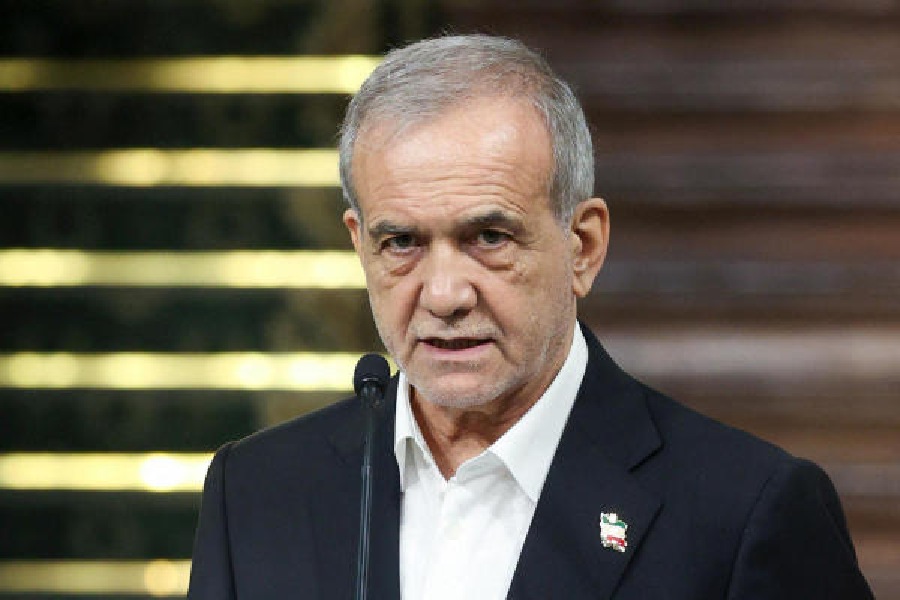
Jorhat, Dec. 22: Alex Haley, in his renowned classic Roots, journeys to Africa to trace his ancestors. Professor of physics Tapan Kumar Sarma undertook a journey of discovery into Chakma territory to trace the roots of a population residing for centuries by the side of the Karnaphuli river, which flows down the Chittagong Hill Tracts in Bangladesh.
Celebrating Bihu is probably the only thing which establishes their tenuous link with their motherland, Assam. "The people of Assam Basti have also retained the name Assam though they no longer speak Assamese, and they celebrate Bihu like we do," Sarma, an associate professor in North Guwahati College, said.
Sarma said some of these villagers still worshipped Hindu gods, while others had converted to Buddhists or Christians. "When they marry, they do not marry Bengali Hindus or Muslims but within the Chakmas, Tripuris and Mogh or Marma communities," he added.
In February 2013, Sarma and two friends, Satyakam Phukan and Binay Sarma, visited Rangamati district in south Bangladesh. There they came across the area known as Assam Basti where most of the people had the surname Assam.
"An Assamese population could also be found in the nearby Majer Basti and also in Khagrasari district. A few families were present in Banderban district as well. After we met them, two of them visited Guwahati and we made arrangements for their stay and initiation into learning our language and culture," he added.
After they had submitted a proposal to the chief minister in 2013, the government had promised that a cultural exchange programme would be arranged and it would also undertake the teaching of Assamese. However, the plan is yet to materialise.
Sarma said they were working on trying to establish the Chakmas as a lost tribe (community) of Assam - somewhat like the Yehudis of Mizoram - as they also celebrated Bihu or Biju and had many similar habits.
"It was then that a Mogh we knew said that his driver in Tripura carried the surname Assam and hailed from the neighbouring country. This intrigued us and we went on to visit the place in which nearly 1,500 people still reside," he said.
Sarma, whose earlier book Maanor Dexot tells of an Assamese population which resides in Myanmar, has written another book, Karnaphulir Paarot, on Assam Basti. In smaller typescript is written Bibhajit Axomiya Xondhanot Bangladexot (Searching for a split Assamese population in Bangladesh).
Sarma said the earlier assumption that these people had migrated from Assam was wrong. "Their forefathers had been Assam Rifles jawans. About 5,000 jawans had been taken by the British in 1860 to quell the aggressive Kukis and they later settled there. We had to dig out records of the Assam Rifles jawans who had been taken there and other police records," he said.
Apart from these, there were Assamese from here, like Mir Saukat Ali who had served in the Pakistan Army and later under Mujibur Rahman to gain Bangladesh's independence from Pakistan and had been awarded the second highest military award - the Veer Uttam. His Assam address was Professors Colony, Dighalipukhuri, Guwahati. Another is Bangladesh's popular singer and baul artiste Jorhat Rajabari's Maqsudul Nac Haque.
Sarma is expecting a Christmas release for his 160-page book, which includes 16 pages of colour photographs.











